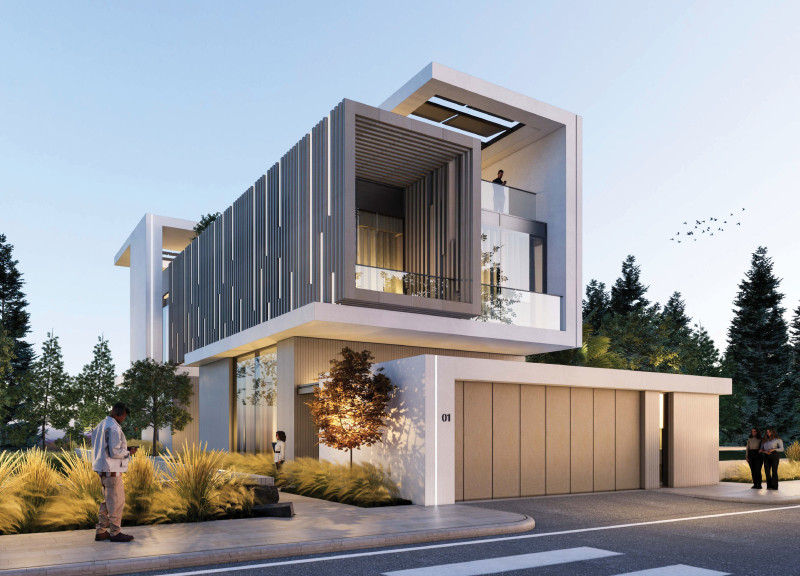5 key facts about this project
Functionally, the project's design facilitates multiple uses, accommodating spaces for gatherings, events, and public services. The layout is carefully organized to allow for seamless flow between different areas, ensuring that users find it easy to navigate. Integration of natural light is one of the significant considerations in the design, with large windows and strategically placed openings that enhance the indoor environment while promoting energy efficiency. This attention to natural illumination not only contributes to the sustainability of the building but also creates inviting spaces that encourage public engagement.
The materiality of the project reflects a thoughtful approach to durability and aesthetic coherence. The primary materials utilized include reinforced concrete for structural elements, offering resilience, and timber for finishes that provide warmth and a sense of connection to nature. Glass is extensively used to blur the boundaries between the interior and exterior, creating an open feeling and allowing the building to interact dynamically with its surroundings. This choice of materials aligns with contemporary sustainability principles, emphasizing the importance of environmentally responsible architecture.
One unique aspect of the design is the incorporation of green spaces, both within and around the building. Rooftop gardens and vertical green walls not only enhance the visual appeal but also contribute to biodiversity and environmental quality. These features serve dual purposes by providing leisure areas for users and acting as natural insulation, thus improving the overall energy performance of the building. The landscaping around the project is strategically designed to foster areas for outdoor activities and socialization, reinforcing the building's role as a community center.
In terms of architectural ideas, the project embraces the concept of openness and transparency. This approach is reflected in the extensive use of glass, allowing uninterrupted views of the outdoor environment, thereby creating a dialogue between the internal spaces and the outside world. The design prioritizes adaptability, offering flexible interior layouts that can evolve in response to changing community needs, which is a critical consideration in modern architectural practice.
The project stands out due to its careful attention to context, ensuring it is not only a physical structure but a space that resonates with its community and environment. It champions inclusivity through its open design and accessible features, making it usable for a diverse demographic. By integrating sustainable architectural principles, the project not only enhances the immediate landscape but also sets a precedent for future developments in the area.
Those interested in understanding the nuances of this architectural design are encouraged to explore its architectural plans, sections, and detailed designs for a comprehensive view of the project's innovative approaches and aesthetic qualities. The exploration of these elements will reveal how thoughtful architecture can play a pivotal role in shaping community identities and supporting sustainable living.


























